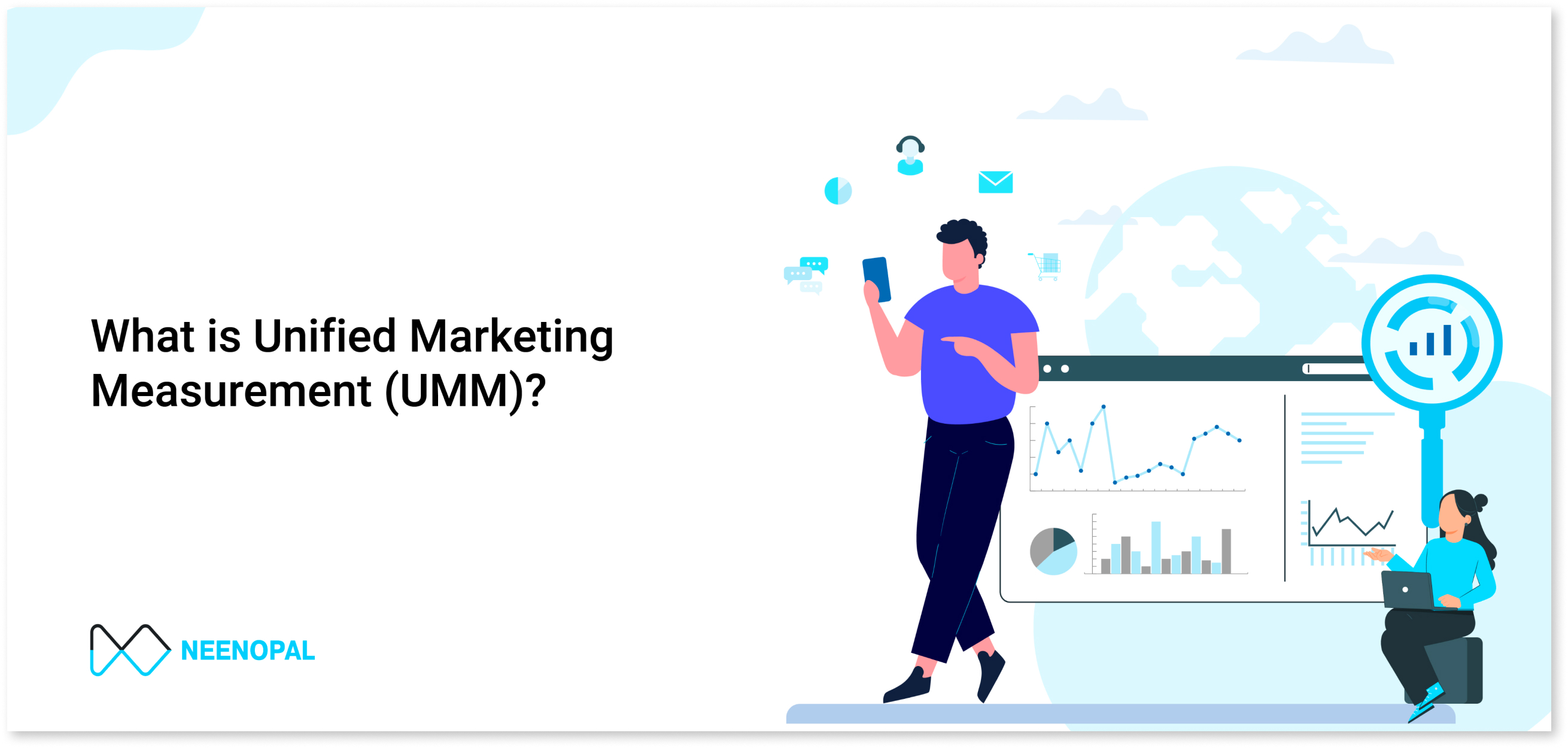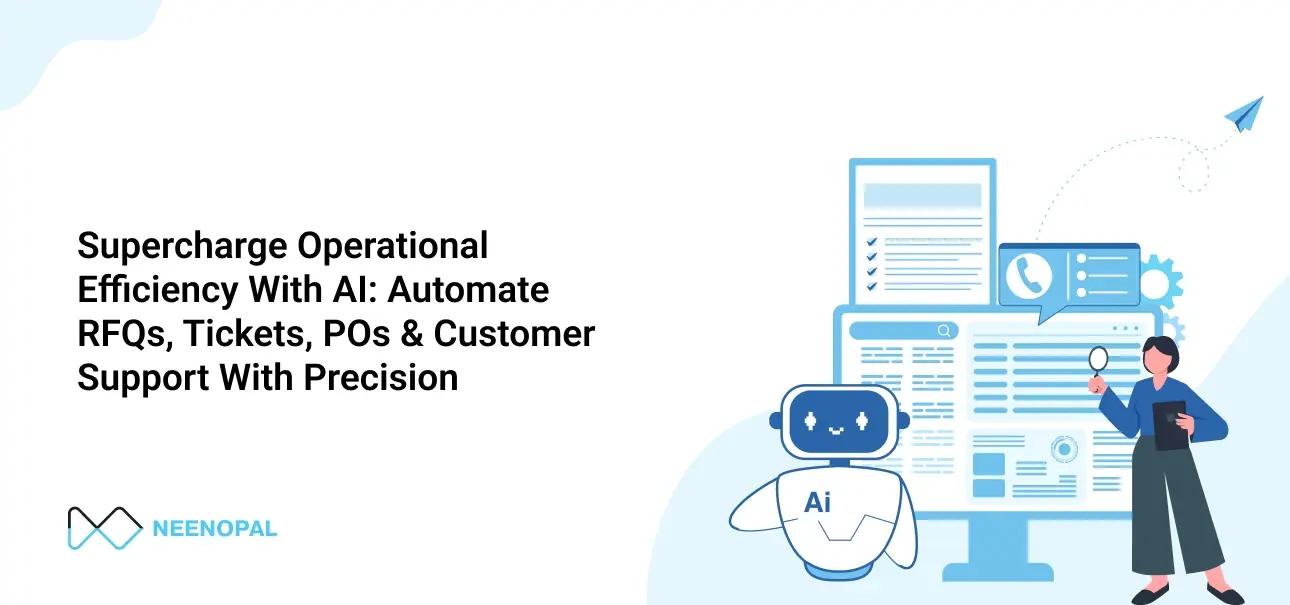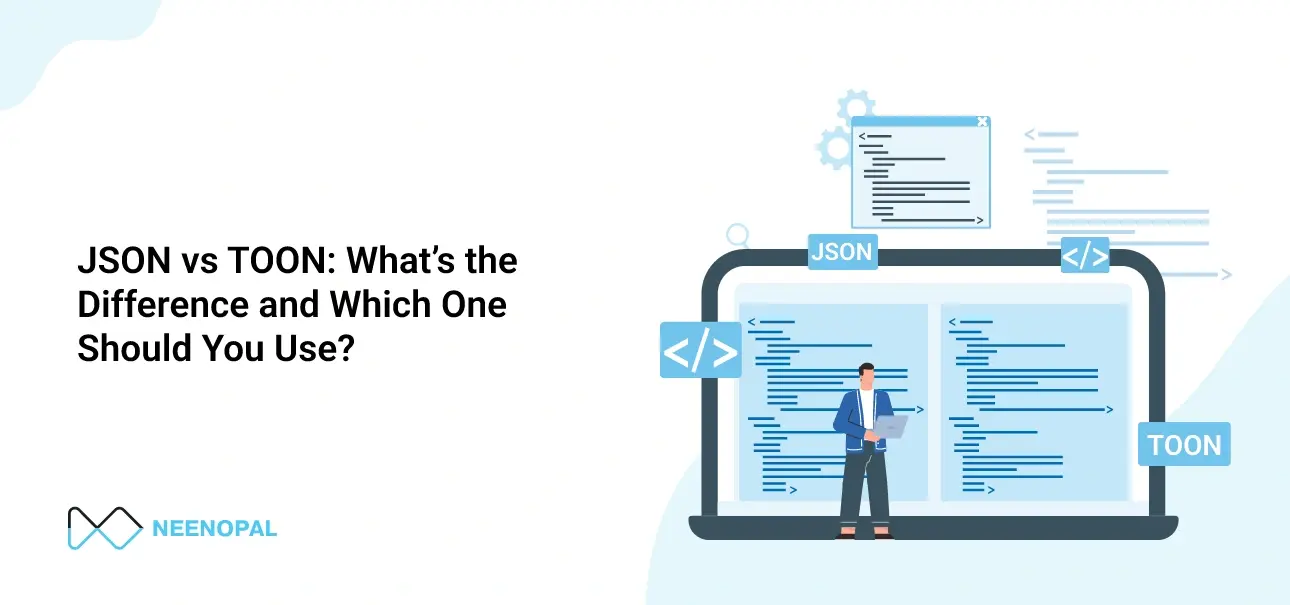Social media analytics allows brands to most effectively learn what their audience cares about and what influences their purchasing decisions. These insights allow marketing departments to craft more personalized and relevant marketing experiences.
With the spread of the pandemic, social media's impact on human lives has grown. Due to the urge to be connected, social media increasingly has a significant impact on customer decision-making. As a result, having an online presence has become one of the most important marketing strategies. By growing sales and organic reach, a successful inbound marketing approach can help a firm drive revenue. This screen gives an overview about the current social media presence of the company across various social media platforms.
The Social Summary dashboard’s purpose is to monitor progress towards and identify opportunities to accomplish key goals, including:
- Track the overall social channel performance
- Identify opportunities and make improvements for increased conversions
- Optimize the social engagement with customers

About the dashboard
Social media analytics allows users to get an overview about the current social media presence of the company across various social media platforms.It talks about the performance of the social media campaigns in detail. The dashboard’s major purpose is to monitor progress and identify opportunities to accomplish key goals. Insights from this analysis can help the business plan the right social media strategy and take informed decisions.
What does it achieve?
- It tracks the overall social channel performance
- It identifies opportunities and make improvements for increased conversions
- It optimizes the social engagement with customers
This dashboard involves many functionalities of Looker to make the visualizations. This dashboard is like a performance review of the current social media marketing strategy, assessing where the brand stands in terms of the below goals:
- Spreading brand awareness among people
- Generating new leads
- Effect of Ad campaigns/posts in increasing reach
- Increasing brand engagement that can further lead to conversions
- Brand perception among users
This view helps us get answers of the following questions:
- Which channels are most preferred by customers?
- Which channels have the highest share of Impressions/clicks/conversions?
- Which channels have the most conversions/drop-offs?
- What is the ROI and Cost per conversion overall and across channels?
- How is the revenue from each channel trending?
Key Terms:
- Social media engagement accounts for any form of communication between the customer and the page – be it clicks or likes or comments. Higher the engagement, higher the probability of lead conversion.
- Impressions is a measure that talks about the views of the campaigns and if that view was a paid view or an organic view.
- Follower Follower is the one who has subscribed to the account in order to receive the updates about it.
Line Chart:
This line chart shows the details of Conversions, Click through rate, Impressions ad Revenue for multiple channels available in the data.
Summary table:
This table can switch between the details of Campaign types, Channels and Locations. The details in this table talks about the effectiveness of the ads in these platforms.
Interactions between Organic and Paid Conversion:
This pie chart shows the distribution of customers over paid and organic conversions.
Conversion Funnel:
The group of KPIs helps in understanding the monetary terms of the social campaigns. It talks about metrics such as Cost, Revenue, ROI, Conversion Rate, etc.

One of the underlying principles of social media analysis is to discover and meet consumer needs. The ability to see emergent conversations in response to social or market stimuli allows brands to move quickly and grow share of voice before other brands have had a chance to make a move. And all of this serves the additional bonus of growing positive brand perception within the social media coverage. They say that the early bird gets the worm, and that applies here, as first-movers have the opportunity to design, deploy, and steer the narrative. At that point, the competition is playing catch-up.
Meeting the needs of consumers quickly translates directly to positive social sentiment built on consumer love. And since people love to share their brand experiences on social media, brands can directly track these changes as they apply to their own social media metrics and in how they relate to the competition.
Social media can play a huge role in bringing a brand closer to its customers, thereby giving it a competitive advantage over others. Insights from the above analysis can help the business plan the right social media strategy.





